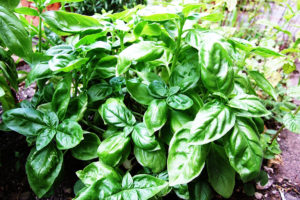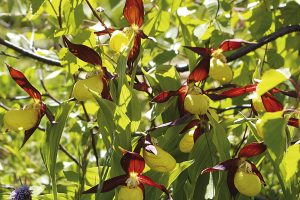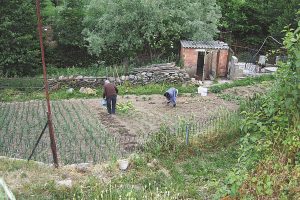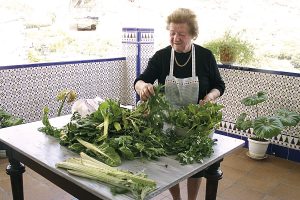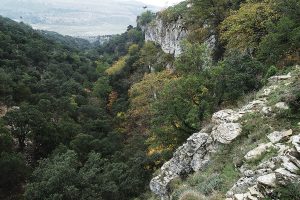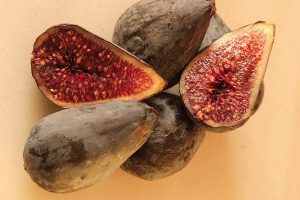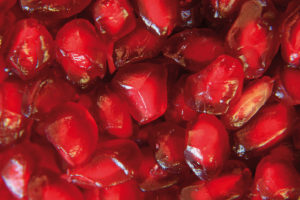Search
Popular lore has transmitted the use of basil as a mosquito repellent to avoid their bite. Why this plant repel mosquitoes?
[caption id="attachment_14781" align="alignleft" width="200"] Guildhall Art Gallery (Londres)John Everett Millais. The Woodsman's Daughter, 1850-51. Oil on canvas, 64,7 x 88,9 cm. The author describes a countryside scene with a boy offering strawberries, possibly wild.[/caption] The abandonment of rural areas and the interruption of intergenerational oral transmission have created
Rare and funny, Lady’s slipper (or Cuckoo’s slipper) is good at playing hide and seek. From the eighteenth century it appeared in botanical publications to then vanish into a long silence denying its existence in the Pyrenees.
Family orchards and vegetable plots in the Catalan Pyrenees play a key role in conservation and management of biodiversity and preservation of traditional knowledge. They also help enhance social cohesion and welfare while, at the same time, affirming cultural identity.
The habit of gathering leaves, flowers, roots, fruits of wild plants and mushrooms for cooking traditional dishes is dying out in parts of Alicante, although in other –mostly rural– areas these traditional recipes are still in use. Ethnobotanical studies conducted in the province of Valencia identify more than 110 wild species used as food.
The global debate on biodiversity has inevitably led us to consider traditional knowledge of plants, ethnobotany’s basic corpus, as an inseparable part of this discipline. This fact was amply recognised by the Convention on Biodiversity. Furthermore, ethnobotanical knowledge can and should be used to achieve sustainable development that is compatible with the conservation of biodiversity.
Ethnobotany, the study of relationships between human societies and plants, is a discipline at the crossroads between natural sciences and social sciences. Such interdisciplinarity or transdisciplinarity breaches a purely scientific paradigm to bring researchers together from fields as diverse as anthropology...
The fig tree (Ficus carica L.) —figuera in Catalan, higuera in Spanish, figuier in French and fico in Italian—, is a tortuous branch tree with profitable fruits. It is odorous and generally small, although some specimens can reach up to five metres of height and of crown width. Its leaves, palmately shaped, deciduous and lobulated, are rough to the touch.
The pomegranate tree appears to be native from the shores of the Caspian Sea, the plains in Iran and the mountains in Kurdistan and Afganistan, where it grows wild in rocky places. From there, Phoenicians spread its farming all around the shores of the Mediterranean.

